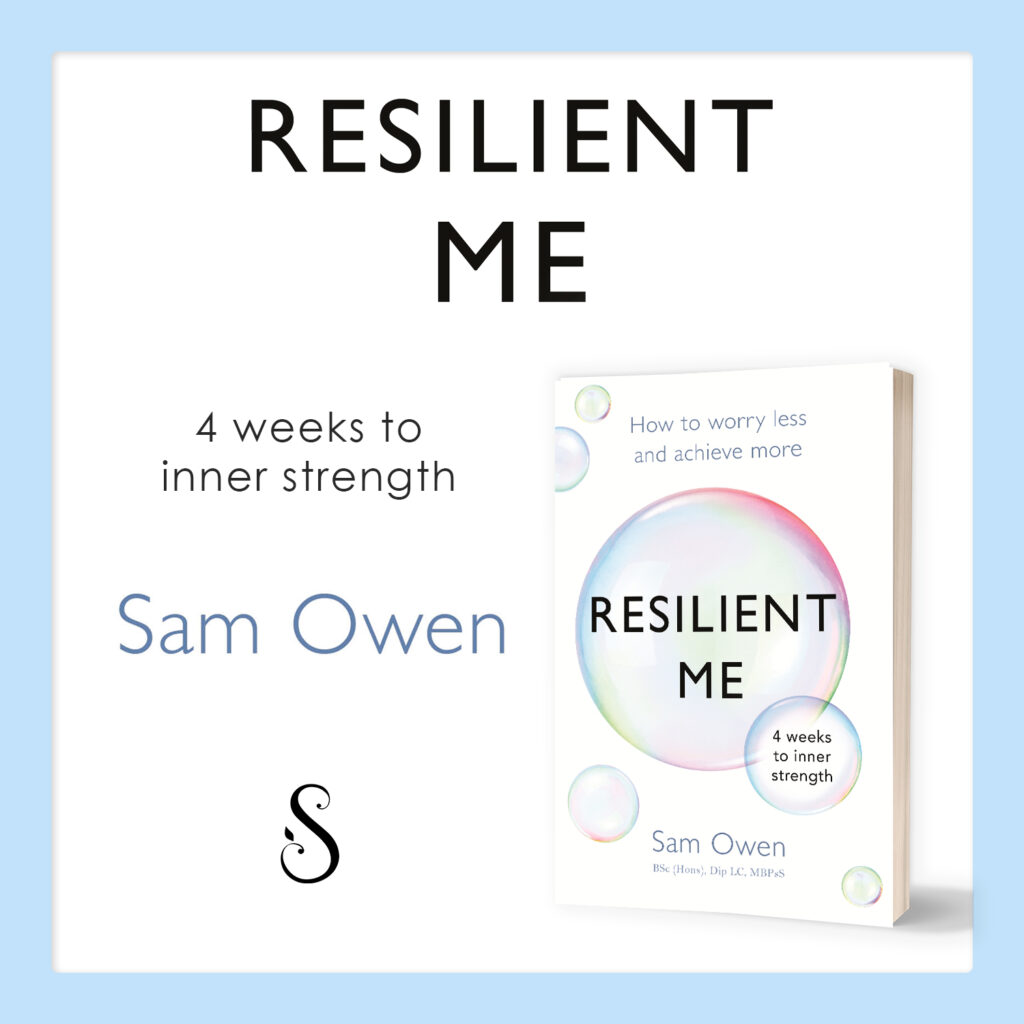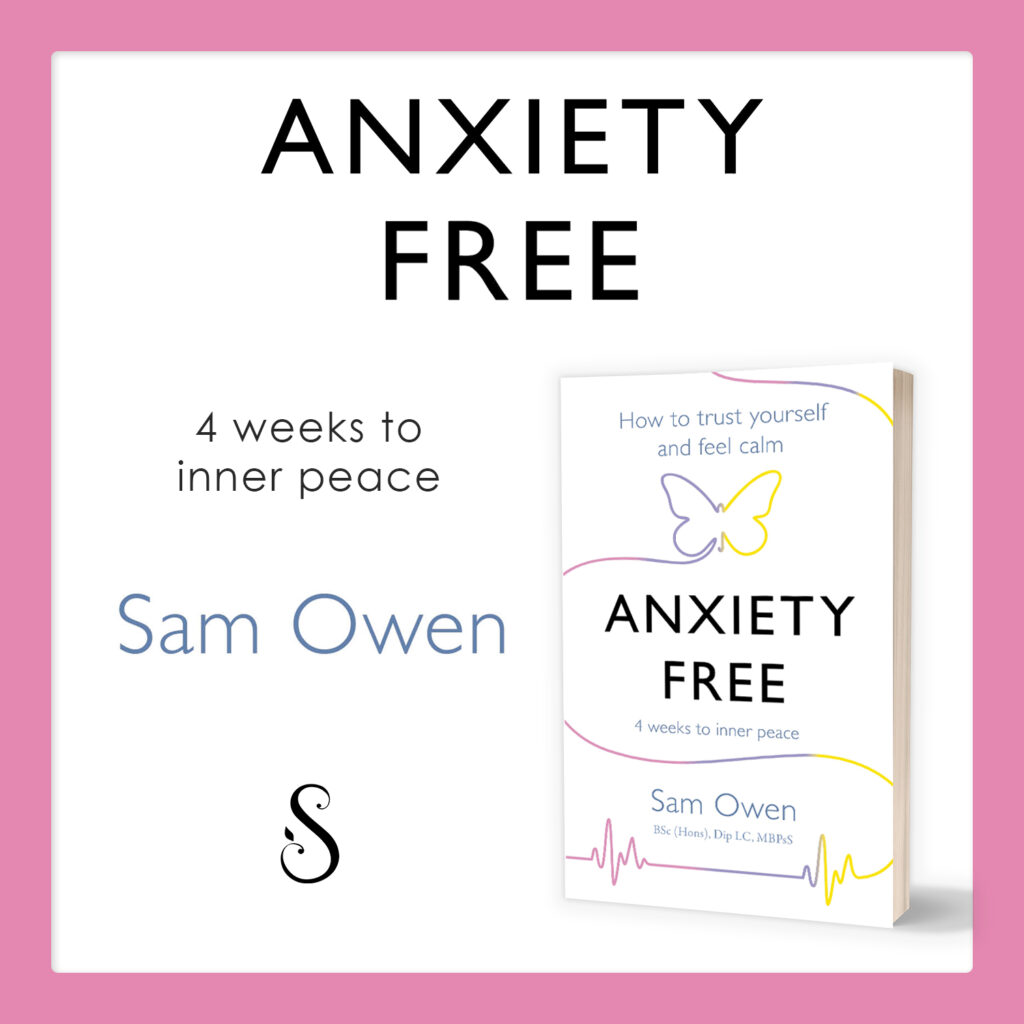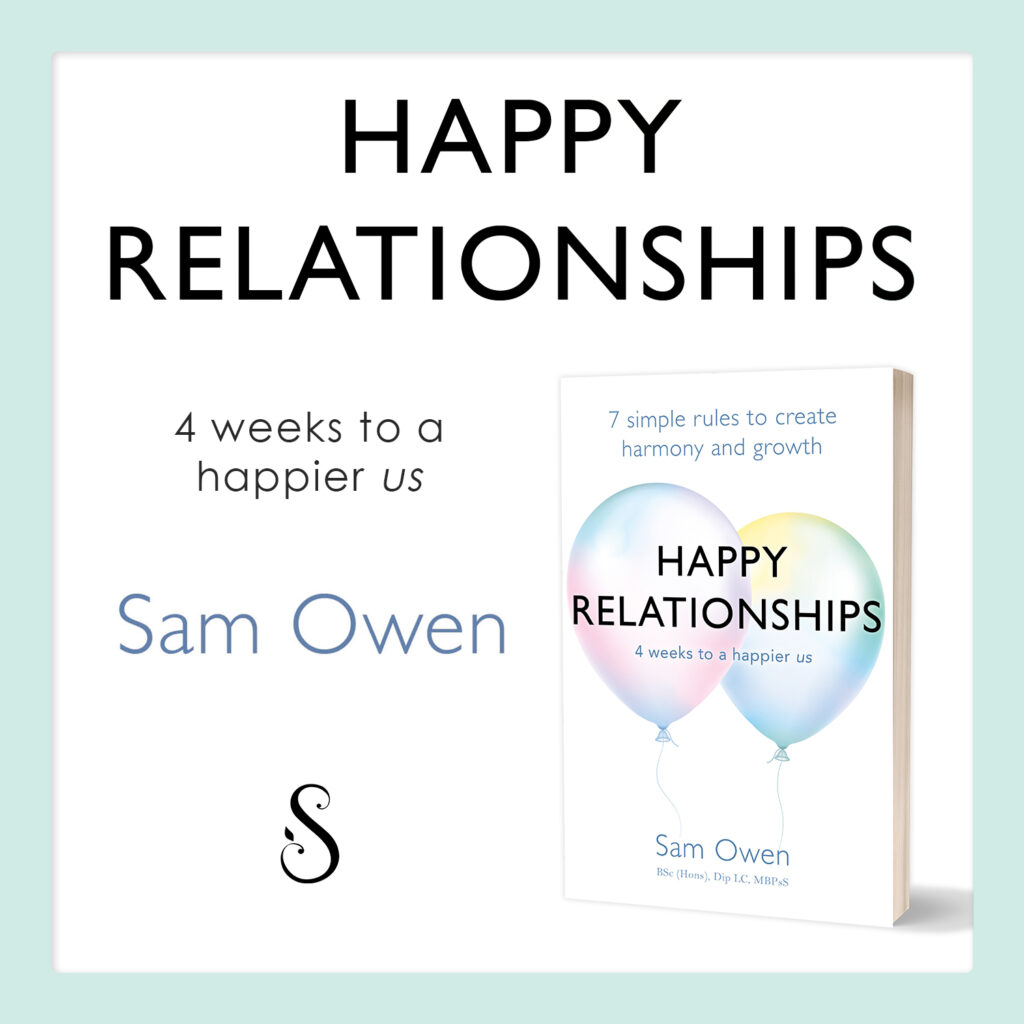
You’ve been bickering and your partner affectionately touches you mid-resolution attempts and you feel different. Better. More relaxed. More into them again. Even though they’ve been getting under your skin for the past few hours, days or months.
Physical touch with your romantic partner (sometimes due to the release of oxytocin) can make you feel more bonded [1], more relaxed [2], more cooperative [2], and even make you experience less physical pain [3].
But you may be wondering whether it really helps to be ‘touchy-feely’ and sweetly affectionate with your spouse or partner when you’ve been going through a bleak time in your relationship for a while and aren’t getting on well.
‘What’s the point?’ you might be asking yourself. ’What’s the point in touching, holding hands, kissing and cuddling when we’re not seeing eye to eye at all.’
There is a point – and I’ve got some research to labour it 😉 – but before we get into all that, take a moment to think about it this way.
You have to find your way back to each other somehow (the love, attraction and compassion) and it may not be the answer to all your current issues but it will help you to get to the place where you can and want to resolve those issues.
Think of it like a foundational building block for a romantic relationship that is veering off-track.
You can either b**ch and moan at each other, arms crossed, with frown lines on your forehead, or you can start incorporating simple actions that open up your attitude towards one another, and your communication, and make you feel safe and bonded, so that you can then go on and get back to that warm fuzzy place you were once in. The place where you used to fix your disagreements and discontent quickly and easily with love and relief in your eyes.
Research suggests affectionate touch benefits romantic partners
Brett K Jakubiak, from Syracuse University, New York, conducted two studies and first of all found that the more frequently couples kissed, the greater the individual’s well-being was [4]. And although this correlation was more pronounced in the case of those with high relationship satisfaction, even in those with low relationship satisfaction, the correlation still existed:
- more kissing = greater individual well-being for those in dissatisfying romantic relationships and for those in satisfying romantic relationships.
Another interesting finding was that those who kissed either a lot or a moderate amount (as opposed to those who did not kiss at all), also experienced more life satisfaction, more experiences of positive moods, and less loneliness.
Again, this was the case for both those in high and low satisfying romantic relationships.
However, as this first study couldn’t pin point if people kissed frequently because they were already higher in individual well-being or if their well-being increased because they kissed frequently, Jakubiak carried out a second study [4].
Affectionate touch in different relationship scenarios tested
The first study used 560 people who were married or living with a partner and were aged between 25–76 years old, with a median age of 51.2 years.
In a second experiment, participants were 1,126 married individuals who also had a median age of 51.2 years. Having used a different method to measure relationship satisfaction, this second study was found to have roughly a third of participants in the ‘distressed relationship’ category.
In this second study, participants were split into one of four experimental conditions which we’ll describe as:
(i) disagreement discussion with affectionate touch,
(ii) disagreement discussion with no affectionate touch,
(iii) neutral discussion with affectionate touch,
(iv) neutral discussion with no affectionate touch.
Two groups of participants were asked to visualise a scenario in which they sat next to their spouse on the sofa, discussing an issue that they’d been having an ongoing disagreement about in their relationship; the other two groups were to visualise the discussion was a neutral conversation about the sort of day they’d had.
In the disagreement discussion with affectionate touch and the neutral discussion with affectionate touch groups, participants were asked to imagine that their spouse had affectionately stroked their arm and then put their arm around them mid-conversation and remained in this position whilst the participant described their viewpoint on the topic of disagreement.
In the disagreement discussion with no affectionate touch and the neutral discussion with no affectionate touch groups, participants were instructed to imagine that their spouse had leaned back, crossed his/her legs, and listened quietly as the participant described their viewpoint on the topic of disagreement.
In the two disagreement discussion conditions the participants were to imagine that the spouse conveys that he/she does not really understand what the participant wants from them, is frustrated, and is unsure of how to resolve the issue.
In the two neutral ‘how my day was’ discussion conditions the participants were to imagine that the spouse interrupts, minimises how interesting the participant’s story is and proceeds to tell the participant a more interesting story of what happened in their (the spouse’s) day.
Distressed vs high relationship satisfaction
So in all four conditions, the participant was visualising a frustrating and at least somewhat stressful scenario even though two conditions were related to a context of conflict and two were neutral contexts.
Afterwards, participants were asked a series of questions and once again, results showed a connection between affectionate touch and better individual outcomes.
Those who imagined receiving affectionate touch from their spouses anticipated experiencing less stress and more life satisfaction after the interaction than those in the no affectionate touch conditions.
This was the case regardless of the level of relationship satisfaction previously reported by the participants, from those in the ‘high’ to ‘distressed’ relationship satisfaction categories.
More relationship satisfaction to begin with does help though. The more satisfied participants were in their relationship, the less stress they anticipated and the more life satisfaction they anticipated.
- This finding highlights that merely being in a satisfying romantic relationship buffers you from stress and enhances your feelings of contentment. Your romantic relationship clearly influences your overall well-being.
The participants also anticipated more stress after the conflict discussion than after the neutral discussion.
- So when tough conversations occur, we are already expecting more strain on our brain; all the more reason for intentionally de-stressing one another by being affectionately tactile and choosing words that convey compassion.
Given approximately a third of 1126 married individuals (all from separate households) were rated as being in distressed relationships, this second experiment speaks volumes about the power of affectionate touch during times of conflict and day-to-day conversation, for couples going through a difficult patch in their relationship.
Affectionate touch has numerous positive side effects too
In addition to being protective for your romantic relationship, affectionate touch is a simple way for even those in dissatisfied relationships to be happier and healthier themselves, as less stress equals less chance of low moods and stress related illnesses.
This in turn could result in a longer life span rather than premature death due to a stress related illness.
Plus when you are less stressed, and your body is not in fight-or-flight mode, you communicate better, resulting in more conflict resolution rather than conflict escalation.
This in turn makes you want to be more emotionally/physically/sexually intimate which is so important for the health and longevity of your relationship and your feelings of marital satisfaction.
And when you’re satisfied in your romantic relationship and your life, it’s easier to achieve your other important life goals, be there for loved ones and strangers, and be resilient in the face of life’s many challenges.
And to think, all that positive change from just making an effort – albeit a conscious one to begin with – to affectionately touch your spouse/partner, during the good times and the bad.
All you need to get started is some motivation.
It’s time for a happier you
Instead of frowning and shouting, try touching and listening.
Instead of emotional and physical detachment, create emotional and physical attachment.
A good dose of affectionate touch, every day, throughout the day, may be just what you need to start the journey back towards each other.
References
1. Algoe, S. B., Kurtz, L. E., & Grewen, K. (2017). Oxytocin and Social Bonds: The Role of Oxytocin in Perceptions of Romantic Partners’ Bonding Behavior. Psychological Science, 28(12), 1763–1772. https://doi.org/10.1177/0956797617716922
2. Ditzen, B., Schaer, M., Gabriel, B. and Bodenmann, G. (2008). Intranasal Oxytocin Increases Positive Communication and Reduces Cortisol Levels During Couple Conflict. Biological Psychiatry, 65(9): 728–31.
3. Fusaro, M., Bufacchi, R. J., Nicolardi, V., & Provenzano, L. (2022). The analgesic power of pleasant touch in individuals with chronic pain: Recent findings and new insights. Frontiers in Integrative Neuroscience, 16, 956510. https://doi.org/10.3389/fnint.2022.956510
4. Jakubiak, B. K. (2022). Affectionate touch in satisfying and dissatisfying romantic relationships. Journal of Social and Personal Relationships, 39(8), 2287–2315. https://doi.org/10.1177/02654075221077280













